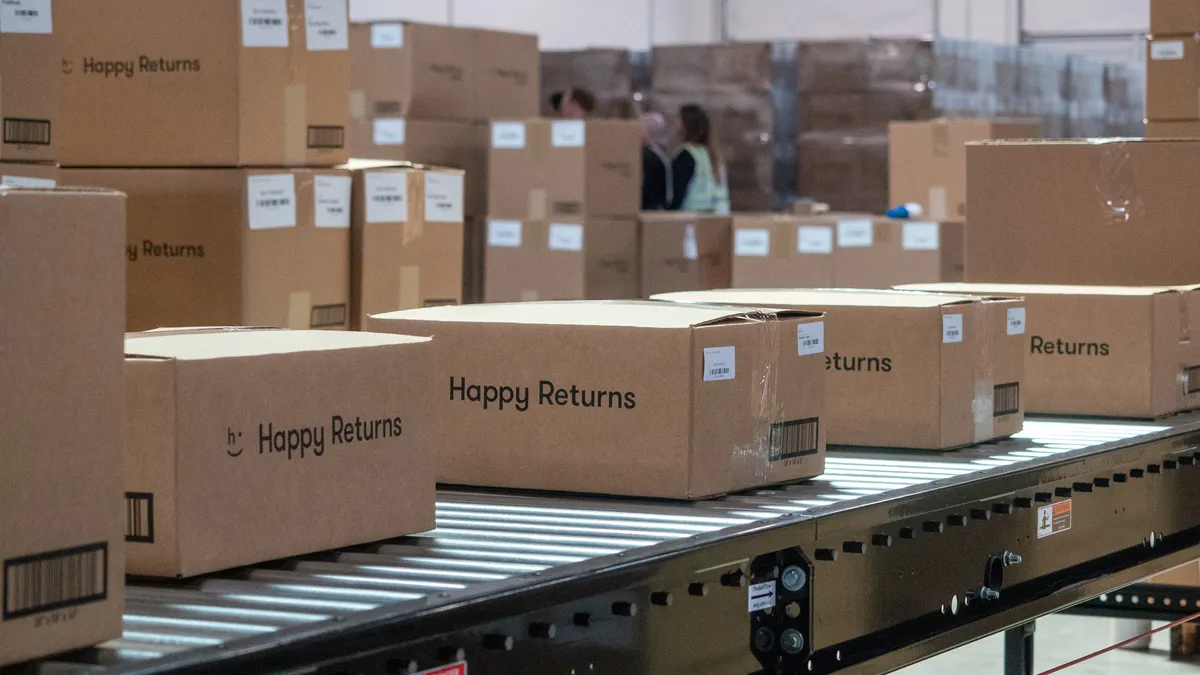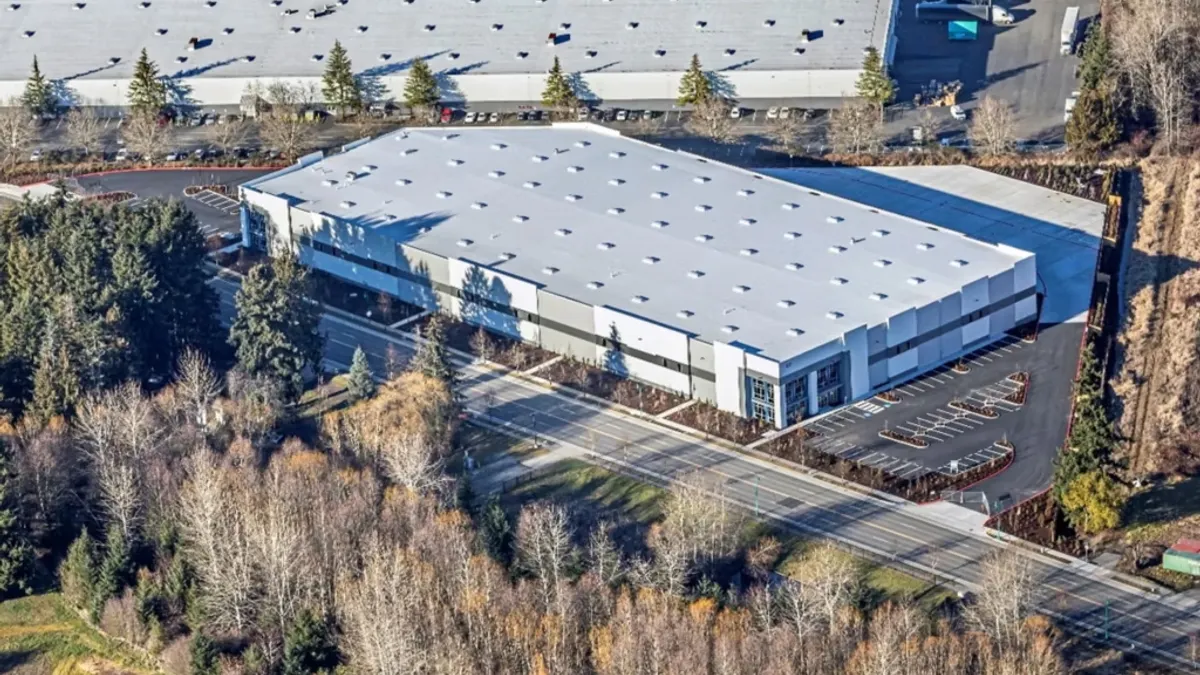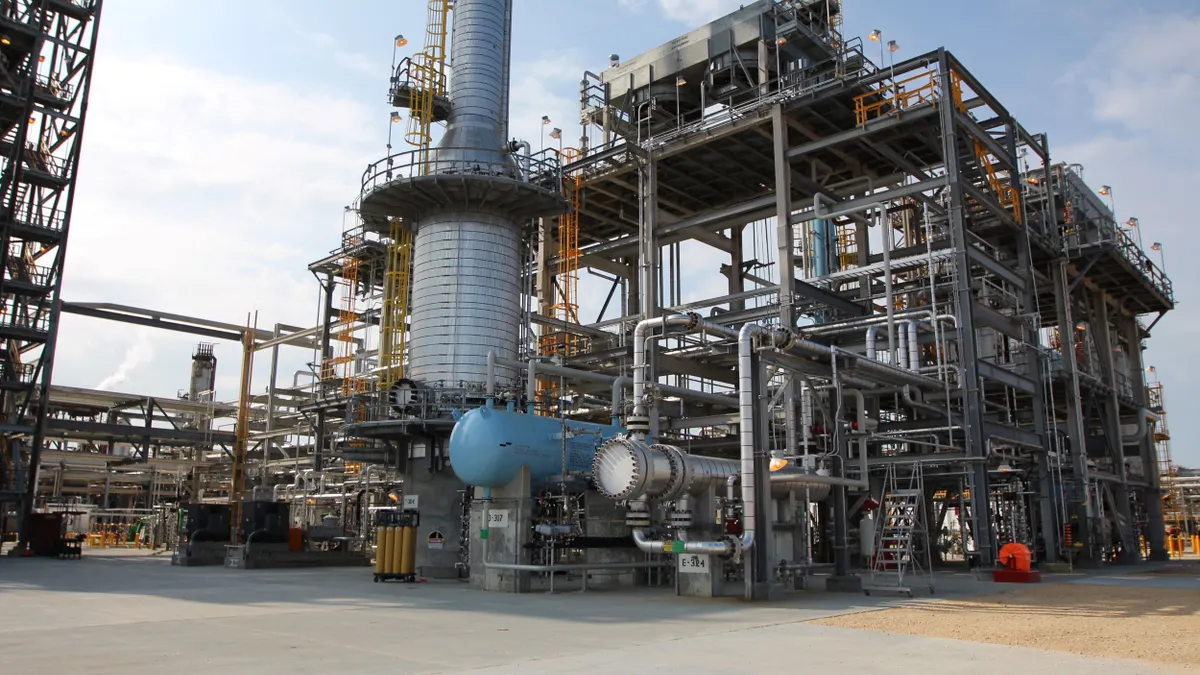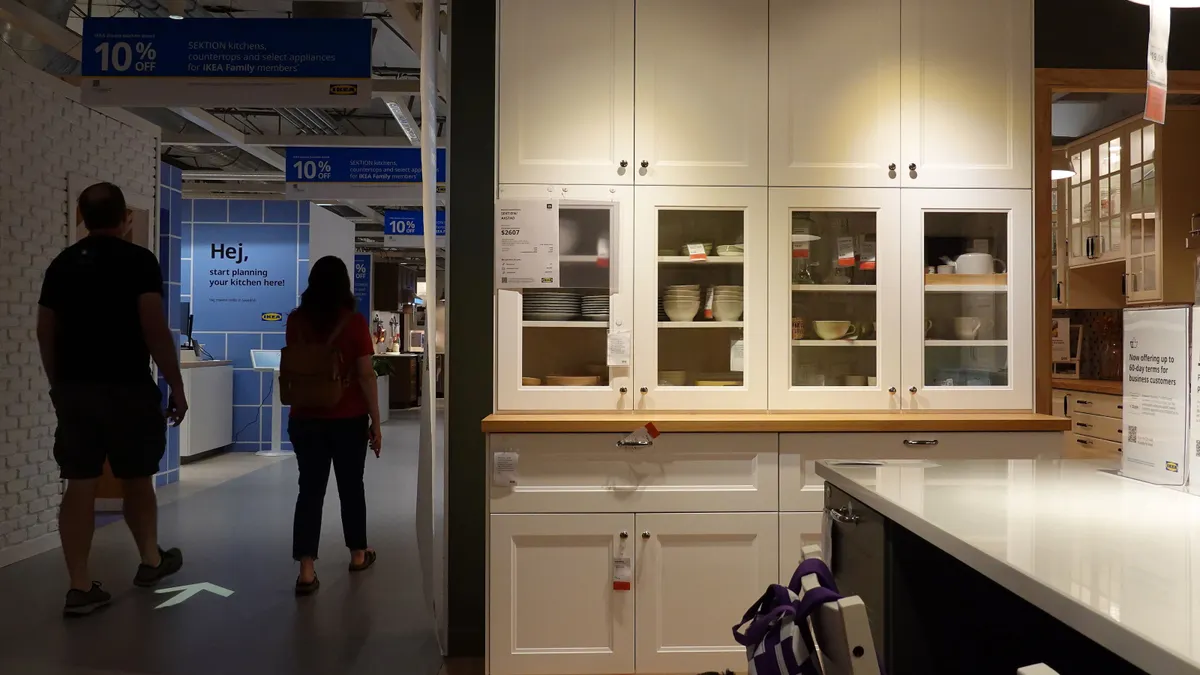Reducing costs has long been the purview of the chief procurement officer: slimming down margins meant they were doing a good job.
The pandemic hasn’t completely upended cost savings as a priority, but it has shifted it into second place, according to Deloitte’s 2021 Global Procurement Officer Survey. For the first time since the company started producing the survey in 2011, "driving operational efficiencies" is the top CPO priority.
The results reflect the changing role of the CPO, which now encompasses innovation, digital transformation, and introducing new products and services, among others, said Ryan Flynn, principal at Deloitte and author of the report. It also reflects that CPOs are doing business in a more complex world, with everything from climate change to geopolitical stability — and yes, pandemics — affecting how they best help their business’ overall mission.
CPOs "need to be very much focused on building agility within their organizations," said Flynn. "All of the trends we’ve been talking about require some level of agility, adaptability and resilience in order to effectively respond and be prepared because there’s just so much change and disruption coming up at you. You need to be able to pivot pretty quickly."
Efficiency, reducing costs are top priorities for CPOs in 2021
These results don’t surprise Subodha Kumar, professor of marketing and supply chain management at Temple’s Fox School of Business. "It’s not just because of the pandemic, but the pandemic exposed a problem that was already there," he said.
Such intense focus on cutting costs, driven by the need to be as lean as possible and focus on just-in-time delivery, removed supply chain resilience. "Any disruption in China would throw the whole supply chain into havoc," he said. "COVID exposed all that" because while previous disruptions were more likely to affect items with variable demand, the pandemic also chucked a wrench into the supply chain for items with steady demand, like toilet paper.
But "even before the pandemic, people started looking for new solutions and CPOs have been realizing over time that we need to be more agile," he said.
Cost reduction’s steady decline
Even though cost reduction had held the top spot in all previous surveys, it’s been "going down in relative importance, especially as we’ve seen CPOs expand their spheres of influence and the ways that they deliver value to their internal customers that go beyond just cost reduction," said Flynn.
This is also because CPOs have been "victims of their own success," he added. After becoming experts at reducing costs, it was hard to find more to cut, so CPOs started being asked to do more in areas that go beyond the traditional focus of reducing costs YoY and move more into other areas covered by the survey, like innovation and risk management.
Supply assurance was among the top challenges faced by CPOs
Preparing for future disruptions
Global instability had already pushed forward-thinking CPOs to evaluate agility, said Flynn, citing events like the 2011 tsunami in Japan and 2018 US-China trade war. The past 18 months just sped up the timeline, as continued disruptions stressed the importance of flexible supply chains. Flynn listed pandemic-related lockdowns, winter storms in Texas, the blockage of the Suez Canal, continued trade tensions with China, climate change and social justice movements as examples of the events influencing supply chain strategies.
It’s also why risk management and social responsibility scored high on the index, he added. Social responsibility went up 22% from the 2019 survey (the survey is conducted every other year). "We’re seeing a much greater emphasis among organizations that, as part of their DEI programs, this view that … suppliers are part of our broader ecosystem," he said. "Just like we need to take care of our people, we need to take care of our suppliers."
Flynn expects these trends to continue "because the underlying drivers aren’t necessarily going away," he said, including the move toward digital transformation as organizations figure out how to work via a remote or hybrid model.
Disruptions will continue, though it is hard to predict when and where they may arise. "Whoever thought we'd [have] been talking about a ginormous ship blocking the Suez Canal? All of this stuff is going to continue because they’re being driven by events ... largely outside of the control of procurement organizations," said Flynn."
The survey, and continuing world events, show how important it is for CPOs to make sure that they can respond, no matter what the world throws at them next. "How can you create agility should be one of the key goals of CPOs right now," said Kumar. "You cannot predict all the disruptions but if I can react, I can be a little bit proactive."
This story was first published in our weekly newsletter, Supply Chain Dive: Procurement. Sign up here.





















